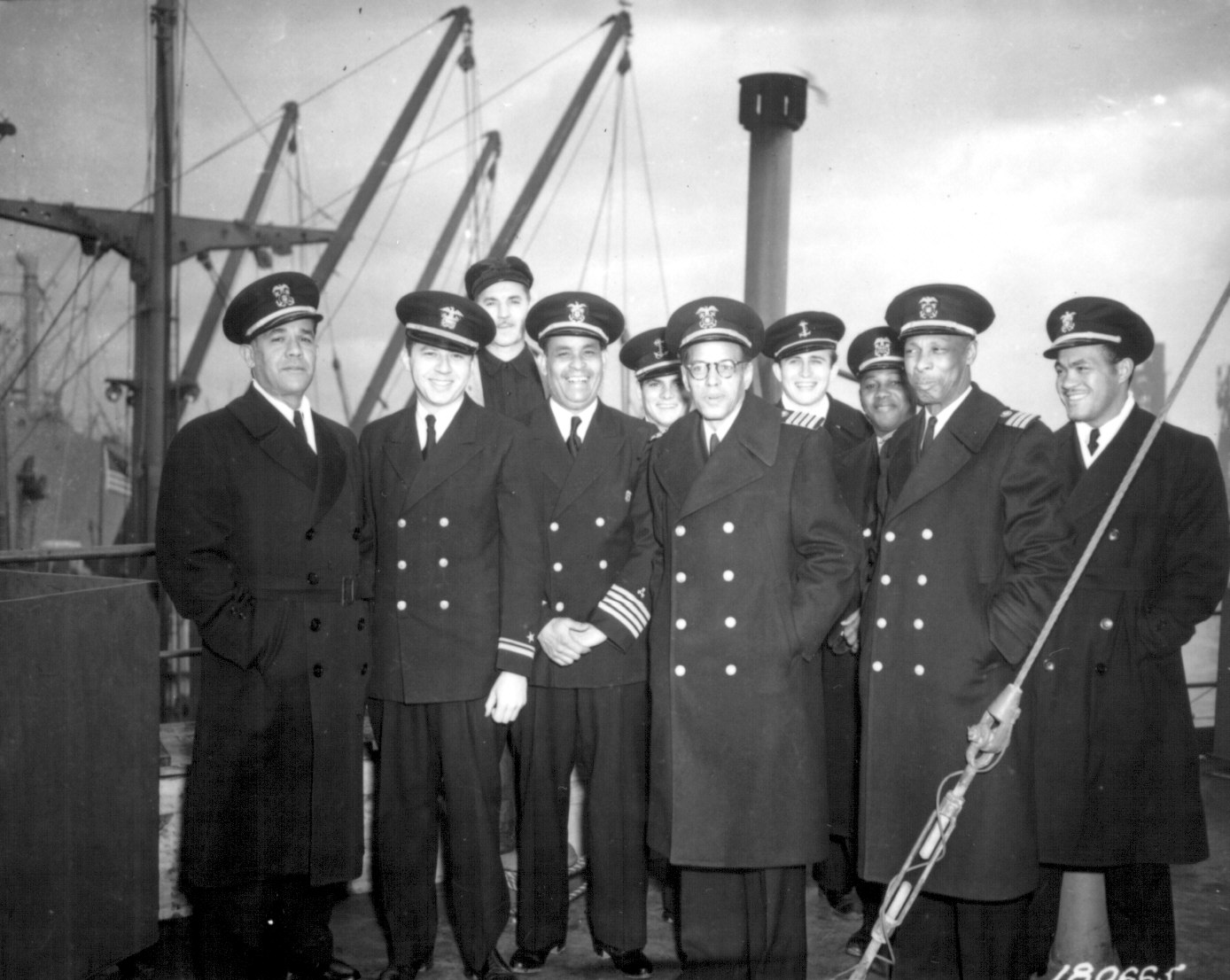

Cooke is in the midst of telling these unheralded stories in the documentary, “Invisible Warriors: African-American Women in World War II.” He has compiled dozens of audiovisual interviews (perhaps the largest such collection in the world) about African-American participation in World War II. Philadelphia historian and filmmaker Gregory S.

They chose instead to help build airplanes, tanks and ships, fueling America’s “arsenal of democracy.” Much like the earlier World War, many men had mandatory military service, which led to a shortage of available laborers, thus the demand for women workers.īlack and minority women were also part of these corps of fabled “Rosies.” An estimated 600,000 African-American women fled oppressive and often demeaning jobs as domestics and sharecroppers. The “Rosie” term was first used in 1942 to describe the nearly 20 million women who went to work in industry and took over jobs previously done by men. While it seems Americans may be fuzzy about their history, the iconic image of “Rosie the Riveter” - a tireless World War II assembly line worker - seems firmly stamped on the nation’s consciousness.


 0 kommentar(er)
0 kommentar(er)
